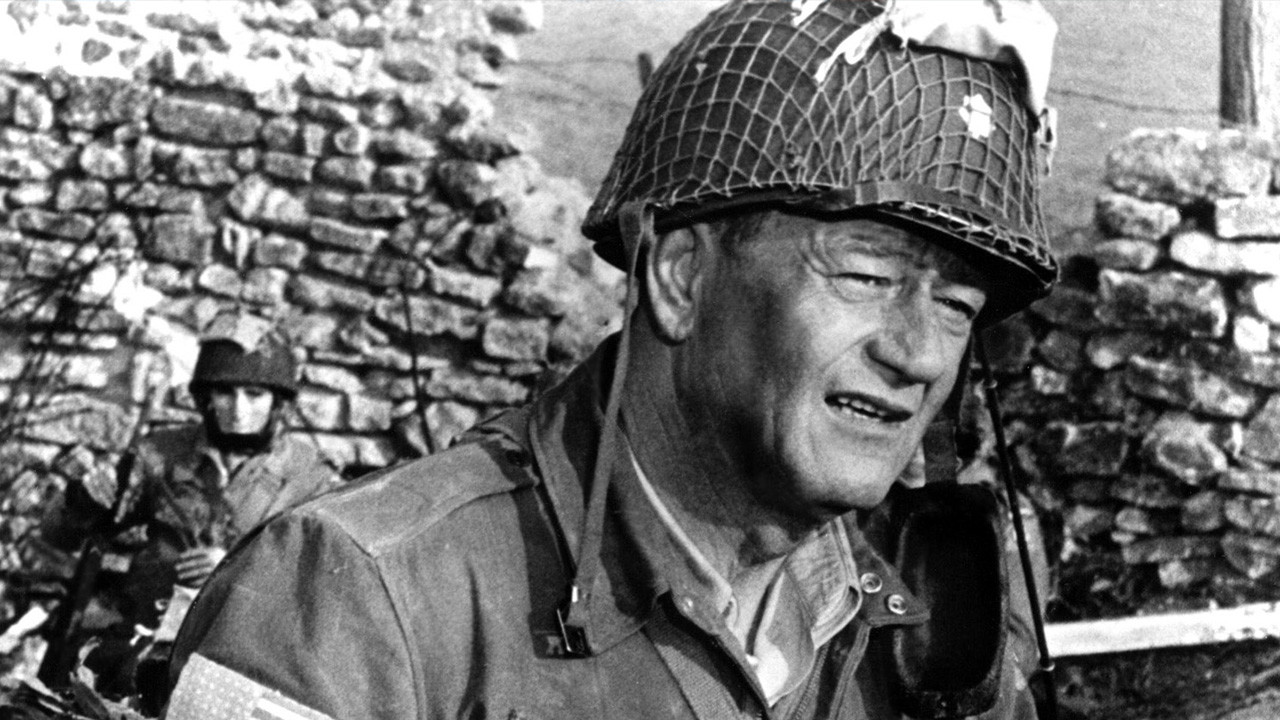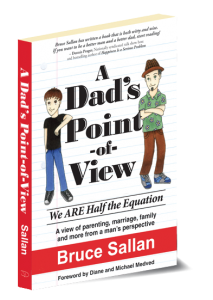
I was amazed at the debate that followed Bin Laden’s death about whether it was all right to celebrate his death. Excuse me? A mass-murdering psychopath bent on the destruction of all Western society and the murders of innocents without the slightest regard for the sanctity of life? Gee, would it be all right if we had been able to kill Hitler? Or Stalin?
This made me realize just how far our politically correct world has become when we can’t even, at times, acknowledge good and evil. Yes, I will declare it here and now: there are good people and there are bad people: good guys and bad guys. It is just like in the old Westerns. John Wayne usually portrayed a good guy: pure and simple.
Those movies were very simple in structure and morality, unlike modern Hollywood where clarity of right and wrong mirrors much of the thinking in mainstream media and academia. Where and when did so many people lose their moral compass so badly as to not know that Bin Laden was an evil dude, to quote my boys?
And, as parents, how are we going to teach our children right from wrong if their teachers and mass media can’t seem to condemn anyone? The answer, in much of secular society, is muddled so once again the job of parenting and teaching our kids the values we live by rests almost solely with Dad and Mom.
It wasn’t always so. John Wayne played a good guy much of the time. Jimmy Stewart was an “every-man” in so many wonderful films. His character, George Bailey, doubted himself in the seminal and classic, “It’s a Wonderful Life,” to the point where he felt he had nothing to live for. It seems almost quaint to think anyone would consider killing themselves over a little bit of lost money that wasn’t even his! His honor and morality was such that he felt his life was worthless!

Now, we have Michael Douglas’ character, Gordon Gekko, in “Wall Street” celebrating his greed and avarice with relish and joy. Some of Gekko’s memorable quotes were, “Greed is good,” “The family business is payback,” and my personal favorite, “Parents are the bones where children sharpen their teeth.”
Somewhere along the line, it became cool in Hollywood to muddy the lines between the good guys and the bad guys. Maybe it was the 1967 Arthur Penn movie that started that trend by portraying the ruthless bank robbers, Bonnie and Clyde, as sort of Robin Hoods of their day. A very handsome Warren Beatty and Faye Dunaway, at the peak of her good looks, made these two worthless villains look gloriously romantic even as they died in super slow motion at the hands of the evil law!
My column about television role models,“Whatever Happened to Ward Cleaver,” also covered this general area, but in a very specific way. This idea of differentiating the good guys from the bad guys is a different animal, altogether, and more pernicious in its impact on our kids and families.
When Japan announced its surrender to effectively end World War II, there were major celebrations in the streets with iconic images taken and remembered, ever since, of the glee and joy that the war was almost over. The classic photo of the sailor kissing a girl stands out as a symbol of the period, and truly represents the passion of the moment. I love that photo.
We knew who the good guys were. And, we definitely knew who the bad guys were. Yes, mistakes were made along the way with the internment of the Japanese being at the top of the list, along with racial and other stereotypes perpetuated in the passion of the propaganda of the era. Some of that was necessary to villainize the enemy; some of it was not right at home.

But, we were clear on who our enemies were. Hollywood rallied to America’s defense and our actors of the forties either enthusiastically enlisted or helped in other ways, by making movies to bolster our soldiers’ spirits as well as everyone “back home.” Stars of every stripe performed at shows for our troops, canteens existed on the home front and actresses routinely would serve our enlisted men, as well as dance with them, just as if they were the girls next door.
That was good. I wish we had that clarity today. Hollywood is more anti-America than pro; newspapers and television seem more interested in the dirt than the positive of our country. Local news abounds in the “if it bleeds, it leads” philosophy and textbooks are being re-written to reflect politically correct views of our history rather than the truth.
My good friend and occasional writing partner, Professor David E. Weber, wrote the following on this subject, “What I yearn for from the ‘good old days’ is the inflexible commitment (which ended in the 1970s) to think of news and public information as something that a television network did because it was the right thing to do, even though it was not a money-maker. Newspapers have a long history, going back to the 19th century, of being in the ‘leading when bleeding’ business…but network television for at least 2-3 decades held itself to higher standards.”
I so agree with Professor Weber. When I grew up, I knew whom to root for, and who to root against. Sorry, I miss the white and black hats.
 ~~~~~~~~~~~~~~~~~~~~~~~~~~~~~~~~~~~~~~~~~~~~~~~~~~~~~~~~~~~~~~~~~~~~~~~~~~~~~
~~~~~~~~~~~~~~~~~~~~~~~~~~~~~~~~~~~~~~~~~~~~~~~~~~~~~~~~~~~~~~~~~~~~~~~~~~~~~
Get Bruce’s new book and Limited Edition (of 500) Poster, A Dad’s Point-of-View: We ARE Half the Equation at Amazon, iTunes, BN.com, or The Store.

